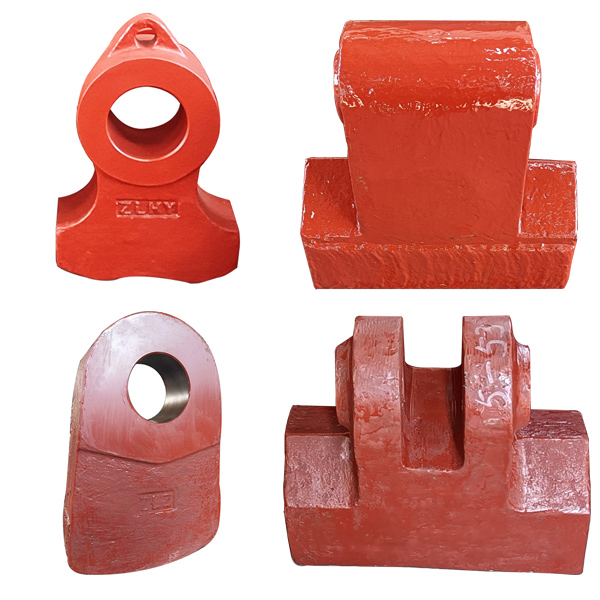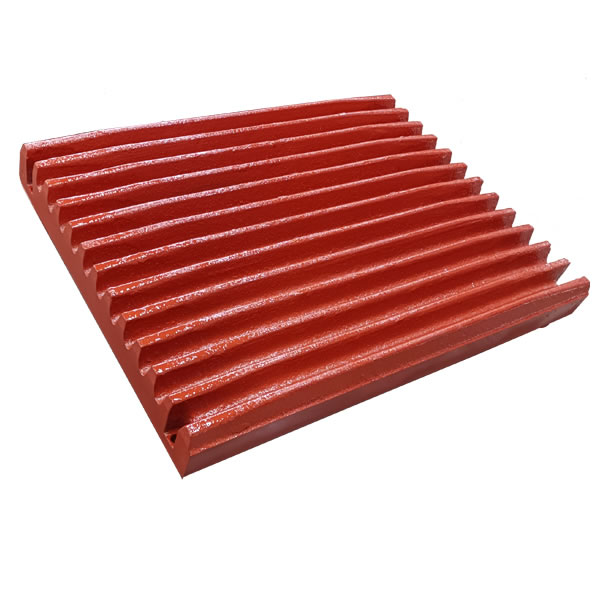Ball Mill Liner Selection Guide
- 2025-08-26
- view countÿ¥
Ball mills are core equipment in the powder grinding industry. Their internal liners play a crucial role in protecting the cylinder, elevating the grinding media, and optimizing grinding efficiency. Selecting the right ball mill liner is crucial for improving production efficiency, reducing energy consumption, and reducing operating costs.
I. Liner Function and Operating Environment
The liner not only protects the cylinder from impact wear but also drives the grinding media through the lifting bars, affecting the grinding path and energy consumption. Liners are constantly exposed to harsh environments characterized by high impact, severe abrasive wear, and potential chemical corrosion. Therefore, they must possess high toughness, high hardness, and excellent corrosion resistance.
II. Performance and Application of Mainstream Liner Materials
The evolution of liner materials has always focused on extending service life and reducing cost per ton.
High manganese steel has excellent toughness and can be work-hardened under strong impact. However, in actual operating conditions, it often underhardens and is prone to plastic deformation. Consequently, it has been gradually replaced by more advanced materials and is currently only used in specialized applications with extremely high impact.
High-chromium cast iron/medium-chromium cast iron are currently the mainstream choices. They offer high hardness (HRC58 and above) and wear resistance 2-4 times that of high-manganese steel. Through optimized composition and heat treatment, they can also achieve a certain degree of toughness. They are widely used in various wet and dry grinding systems and offer excellent cost-effectiveness.
Alloy steel focuses on high toughness and impact fatigue resistance, offering enhanced safety, but its wear resistance is inferior to that of high-chromium cast iron. It is primarily suitable for the coarse crushing bins of large ball mills or for crushing extremely large, high-impact materials.
Rubber/polyurethane are non-metallic materials that are lightweight, wear-resistant, corrosion-resistant, and offer significant noise reduction (up to 10-15 decibels), but they offer weaker impact and tear resistance. They are primarily used in fine grinding bins, wet mills, and noise-sensitive environments.
Bimetallic composite liners are a high-end design, constructed with high-chromium cast iron in the wear zone and alloy steel as the base. This composite process achieves a combination of rigidity and flexibility. While costly to manufacture, they offer an extremely long service life and are suitable for extremely harsh operating conditions and applications where the lowest cost per ton is crucial.
III. Liner Structure Design Innovations
The liner structure design significantly impacts grinding efficiency:
Corrugated liners are suitable for fine grinding chambers, reducing axial slippage of the media and increasing grinding times.
Stepped liners offer strong lifting capacity and high impact energy, improving crushing efficiency in the coarse grinding chamber.
Grading liners automatically grade the grinding media by size, optimizing the grinding process, improving efficiency, and reducing energy consumption.
Magnetic liners utilize magnetic attraction, eliminating the need for bolts and offering a long service life, making them suitable for specific iron ore environments.
IV. Scientific Selection Recommendations
The selection process should be based on actual operating conditions and overall benefits:
By Chamber Selection: For coarse crushing chambers requiring heavy impact, alloy steel liners can be selected; for fine grinding chambers requiring heavy grinding, high-chromium cast iron or rubber liners can be selected.
By Material Properties: High-chromium cast iron is preferred for hard, abrasive materials; alloy steel is suitable for high-impact bulk materials; and high-chromium cast iron or rubber liners can be considered for wet, corrosive environments.
Cost-per-ton decision-making: The core metric is "liner cost per ton of product," requiring a comprehensive consideration of price, lifespan, downtime, and production losses.
Selecting a reliable supplier: Mill liner performance is highly dependent on the production process, so it's recommended to choose a professional manufacturer with comprehensive heat treatment and quality inspection systems.
Conclusion
Liner selection is a critical decision affecting ball mill efficiency and cost. We recommend looking beyond the limitations of "unit price" and taking "cost per ton of grinding" as the core metric into account, scientifically selecting the most efficient and economical liner solution to ensure stable production and reduced costs.


